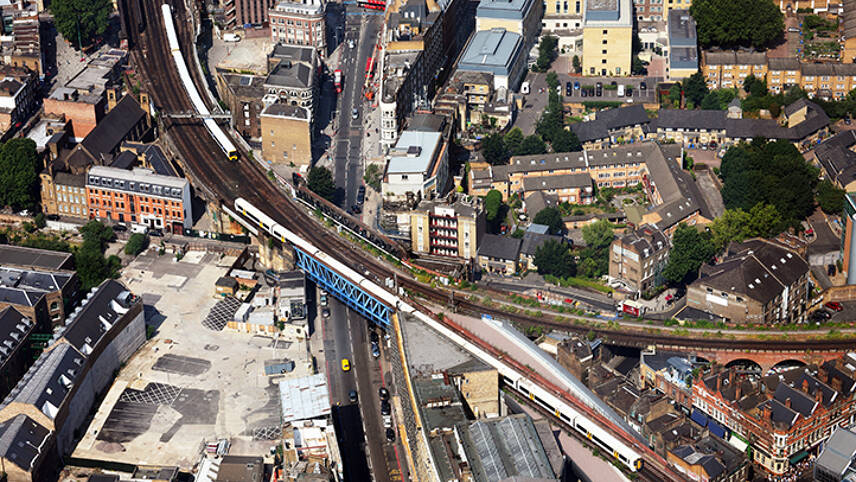Register for free and continue reading
Join our growing army of changemakers and get unlimited access to our premium content

Network Rail aims to improve day-to-day railway performance by building climate resiliency.
The UK’s Infrastructure Bank launched 12 months ago, with Chancellor Rishi Sunak promising that it will funnel billions of pounds into the UK’s net-zero transition.
Based in Leeds, the Bank has received £22bn of financial capacity in the first instance; £10bn of government guarantees, £8bn of debt and equity and £4bn for local authority lending. It has a target to help unlock at least £40bn of investment from the private sector.
Having already invested in seven deals worth £610m in its first year, the Bank has, for the first time, outlined its spending and investment plans.
The portfolio will focus on five key areas: clean energy, transport, waste, digital and water, with clean energy set to gain the largest portion of funding. Water and waste are listed as the smallest areas of funding, with the Bank citing a lack of current investment opportunities.
Specifically across low-carbon technologies, the Bank’s new strategy outlines plans to focus on low-carbon hydrogen, CCUS, decarbonising heat in buildings, financing retrofits and upgrades and enabling local authorities to invest in zero emissions and electric vehicles and infrastructure.
The Bank’s chief executive John Flint said: “We want our investments to shape the future and, for the first time, we’re highlighting where we expect the biggest investment opportunities will be to deliver on our mission to tackle climate change and regional inequalities.
“The war in Ukraine is an economic earthquake that underlines our mission and the strategic importance of energy security to the UK’s economic future. Rising energy bills also show how in the long-term we need to increase our domestic supply of energy. We cannot achieve this alone. Across the breadth of our mission we want to work with partners in the public and private sector to identify where our investment can make the most impact.”
Flint added that the Bank would focus on achieving a “triple bottom line approach£ of adhering to policy objectives, sourcing private capital and generating a positive financial return on equity of between 2.5% to 4%.
The Bank will aim to deploy up to £3bn of debt and equity annually and £2.5bn of guarantees, with the full £22bn to be committed over the next five to eight years.
The Bank was first announced by Sunak at the 2020 Spending Review. It is designed to support major infrastructure projects, replacing the role that the European Investment Bank (EIB) played before Brexit and assisting with the delivery of the National Infrastructure Strategy. That Strategy was updated in November 2020, with the UK’s 2050 net-zero target and impact of Covid-19 on the economy in mind.
Green groups have repeatedly been asking for more information on how, exactly, the Bank will support the UK’s net-zero transition and be prevented from supporting projects that are not aligned with this long-term, legally binding climate vision.
Earlier this month, The UN’s High Level Climate Action Champion Nigel Topping was amongst thosee appointed as a non-executive directors of the Infrastructure Bank, in a bid to steer the Government’s aims to increase investment in green projects and initiatives.


Please login or Register to leave a comment.